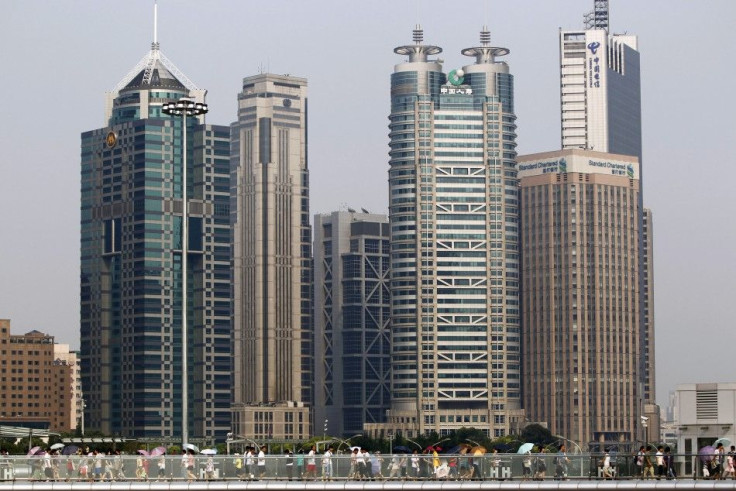China To Boost Growth Again, But Cautiously

Faced with the risk of an economic slowdown that could endanger China's status as the main engine of the global economy, the government is readying a new round of stimulus to prop up growth.
According to China's National Bureau of Statistics, in 2011 the Chinese economy grew 9.2 percent -- a breakneck pace by developed world standards, but down more than one percentage point from the 10.3 percent growth in 2010. Growth in the final quarter of 2011 was only 8.9 percent, the slowest in 2 1/2 years. Official figures for the first quarter of 2012 were only 8.1 percent, and economists expect that number to dip below 8 percent during the second quarter.
Power output, a key proxy for how the economy is faring, tells the same story. Growth was only 0.7 percent higher in April 2012 than the same time last year. The country's power production is expected to rise only 7.5 percent in 2012, as opposed to 12 percent in 2011 and 13 percent in 2010. The low figures likely result from decreased power demand as manufacturing and coal production around the country slows.
Numbers like those would be a boon to any government in the West. But in Beijing they have planners worried enough to decide to inject a new round of public-money stimulus into the economy, specifically into infrastructure investment to support growth.
Prime Minister Wen Jiabao said last Sunday that we [the Chinese government] should continue to implement a proactive fiscal policy and a prudent monetary policy while giving more priority to maintaining growth. In the circumspect language of Beijing's top echelons, that amounts to signaling that the government was worried about the slowing economy.
The China Securities Journal, sponsored by official news agency Xinhua, said on Tuesday the government would be quickening the pace of infrastructure project approvals.
New plans would give municipal and provincial governments more funding to pursue large scale projects. The figures aren't known yet, but are unlikely to be in the same league as the gigantic stimulus created by the government following the first stages of the financial crisis in 2008, during which it injected 4 trillion yuan, or $635 billion, into the economy.
Economists expect public funds to be directed into highways, rail, and power generation. New efforts would give some relief to the commodities market, which has seen prices fall as Chinese demand for raw materials slowed.
This time it won't be, in Bejing's intention, a free-for-all spending spree. There are signs that the government is concerned with the long-term budgetary effects of unrestrained investment into public works. Western economists have noted in the past that while the central government's debt remains relatively low, regional spending may have already created massive provincial-level deficits.
The Chinese government reported in January 2012 that local administrations had racked up as much as 10.7 trillion yuan, or about $1.7 trillion, in debt. And that figure may be underreported, according to Western economists, as local governments may not be telling Beijing about all of their spending.
Chinese and Western analysts expect the plan to be geared toward stabilizing growth and not to change the overall government plan of preventing overheating and inflation by managing growth carefully.
One indication that bureaucrats will concentrate on improving existing infrastructure, rather than launch many new projects, is the announcement on Tuesday that the railway industry will be opened to private investments. That could signal a refusal to let the Ministry of Railways rack up increasingly high amounts of debt: China has already allocated the equivalent of $300 billion to railway spending in its 11th Five-Year Plan, launched in 2008.
The opening to private investors will have limits. The government continues to control ticket prices, determines timetables, and often redirects profits made from the rail system in the East to compensate for losses made in the vast, sparsely populated West.
Critics also point out that spending on infrastructure clashes with the government's own plans to move away from state monopolies and to instead support more sustainable growth led by small and medium-sized companies.
© Copyright IBTimes 2024. All rights reserved.











